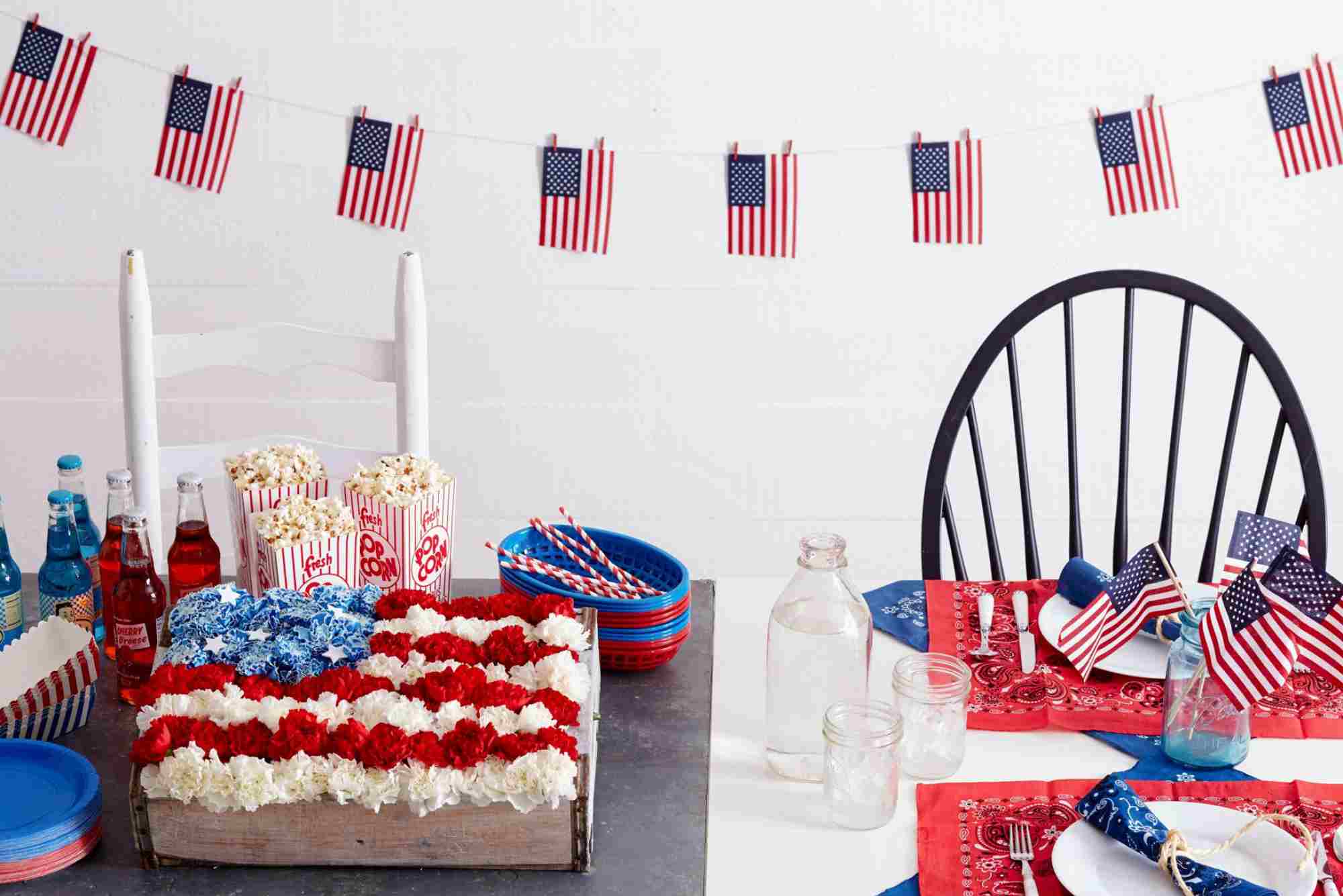Creative Alternatives: Another Word for Decorate
When it comes to expressing the idea of adding beauty, flair, or personalization to something, “decorate” is often the go-to word. But what if you’re writing a blog, planning a party, working on a DIY project, or creating content and need fresh, more dynamic language? Finding another word for decorate can elevate your communication, spark creativity, and bring your descriptions to life. Whether you’re a writer, teacher, designer, or simply someone who enjoys playing with words, having a rich vocabulary helps express your ideas with precision and impact.
Why Look for Another Word for Decorate?
Language is a powerful tool. Using the same word repeatedly, especially in creative content, can dull its impact. The word “decorate” is versatile, but switching it up with a synonym that better suits your tone or audience can keep your writing fresh and engaging.
In literature, marketing, design, and even casual communication, variation enhances readability. When you choose another word for decorate—something more vivid, emotional, or specific—you connect better with your audience. A well-chosen synonym can capture imagination, set the right mood, and even inspire action.
Creative Contexts That Call for Alternatives
Interior Design and Home Décor
If you’re writing about home improvement, design blogs, or staging properties, you might find that the word “decorate” appears too often. You could use terms that suggest refinement, style, or customization to describe how a space is enhanced.
Words like adorn, embellish, or furnish can add sophistication or a specific angle to the description. Instead of saying “decorate a living room,” you might say “adorn the living room with vintage touches” or “furnish the space with mid-century modern accents.”
Party Planning and Events
In the event planning world, especially with weddings, birthdays, or themed celebrations, language needs to evoke excitement and vision. “Decorate” may not fully capture the feeling of transformation or the theme.
Use words like transform, design, or personalize to describe how an ordinary space becomes something memorable. For example, “transform the venue into a winter wonderland” or “design a magical birthday setup.” These phrases give the audience a more visual and emotional picture.
Creative Arts and Crafts
In DIY circles, crafting, and artistic instruction, it’s essential to make instructions both inspiring and easy to follow. Swapping out “decorate” for something more hands-on or illustrative can guide readers better.
Try alternatives like enhance, customize, paint, draw on, or trim. Instead of “decorate the jar,” try “embellish the jar with ribbon and pearls” or “personalize the jar with paint markers.” These terms give a stronger sense of action.
Tone Matters: Choosing the Right Alternative
The beauty of language lies in nuance. Choosing another word for decorate isn’t about swapping terms randomly—it’s about matching tone and intent. If your goal is elegance or tradition, words like adorn, grace, or garnish might work. For more casual or playful contexts, spruce up, jazz up, or brighten can keep the tone light.
Precision is especially important in writing for professionals, where clarity and accuracy matter. A food blogger wouldn’t use “decorate” in every cake recipe. Sometimes it’s better to say “pipe frosting,” “dust with cocoa,” or “garnish with mint.” Each word paints a clearer picture.
Real-World Usage: Examples in Sentences
To make the switch easier, here are practical examples that use another word for decorate in real-life settings.
- The artist embellished the canvas with intricate gold leaf.
- She styled the room with vintage furniture and soft lighting.
- We trimmed the tree with silver ornaments and fairy lights.
- He dressed up the plain notebook with stickers and doodles.
- The chef garnished the plate with edible flowers.
- They revamped the office space with modern art and plants.
- She personalized the wedding favors with handwritten notes.
- He enhanced the centerpiece by adding seasonal foliage.
Each alternative adds something unique. These choices create stronger visuals and guide the reader or listener to imagine the scene more clearly.
Commonly Used Synonyms for Decorate
While there are dozens of options, some of the most versatile alternatives include:
- Adorn – best used for elegant or poetic descriptions.
- Embellish – suggests adding decorative details.
- Furnish – practical for interiors and room setups.
- Garnish – mostly used in culinary settings.
- Trim – good for festive or detailed decor.
- Beautify – general and uplifting in tone.
- Revamp – useful for complete makeovers or updates.
- Enhance – subtle, useful for design or improvement contexts.
- Style – popular in fashion and interior design.
- Spruce up – casual and conversational.
Choosing Synonyms Based on Setting
Every setting brings its own demands for language. In personal writing or blogs, words like jazz up and spruce up feel friendly and informal. In professional or technical writing, enhance, modify, or upgrade may be more appropriate.
Context also shapes connotation. Saying “adorned the temple” feels sacred and respectful, while “dressed up the stage” suits a lighthearted school event. Recognizing the emotional weight of words makes your writing more relatable and powerful.
Expand Your Expression with the Right Word
The next time you catch yourself using “decorate” repeatedly, pause. Think about the tone, audience, and context. Ask yourself: What exactly am I trying to say? Do I want to highlight transformation, elegance, playfulness, or uniqueness? By choosing another word for decorate, you not only improve your writing or speech but also sharpen your creative thinking. Whether you’re writing an article, describing a product, or simply chatting about weekend plans, richer language leads to more vivid and enjoyable communication.
Try using a new word today—see how it changes your perspective, and more importantly, how it affects your audience’s reaction. Ready to boost your vocabulary and communication skills even more? Bookmark this article and share it with your fellow creatives, bloggers, or teachers. There’s always another word for decorate—let’s use them well.
Frequently Asked Questions
What is another word for decorate a room?
You can use terms like furnish, adorn, style, or spruce up depending on your desired tone. For example, “style the room with neutral tones” or “spruce up the room with fresh plants.”
What is a formal word for decorate?
Formal alternatives include adorn, embellish, or grace. These words carry a refined tone and are great for writing, design descriptions, or ceremonial contexts.
What is a casual way to say decorate?
Casual options include spruce up, jazz up, or dress up. These are perfect for friendly advice, blog posts, or lifestyle content.
Can you use ‘decorate’ in a professional setting?
Yes, but it’s often better to use more specific or formal words depending on the industry. For example, “enhance the office environment” or “design the showroom layout” may sound more professional.
Is ‘embellish’ the same as decorate?
Not exactly. Embellish often means to add extra decorative details, sometimes to enhance beauty or complexity. It’s a form of decoration, but usually more intricate.
What word can I use instead of decorate for food?
Garnish, drizzle, dust, or pipe are commonly used in culinary contexts. Instead of “decorate the cake,” you might say “pipe buttercream rosettes” or “garnish the dessert with mint.”





